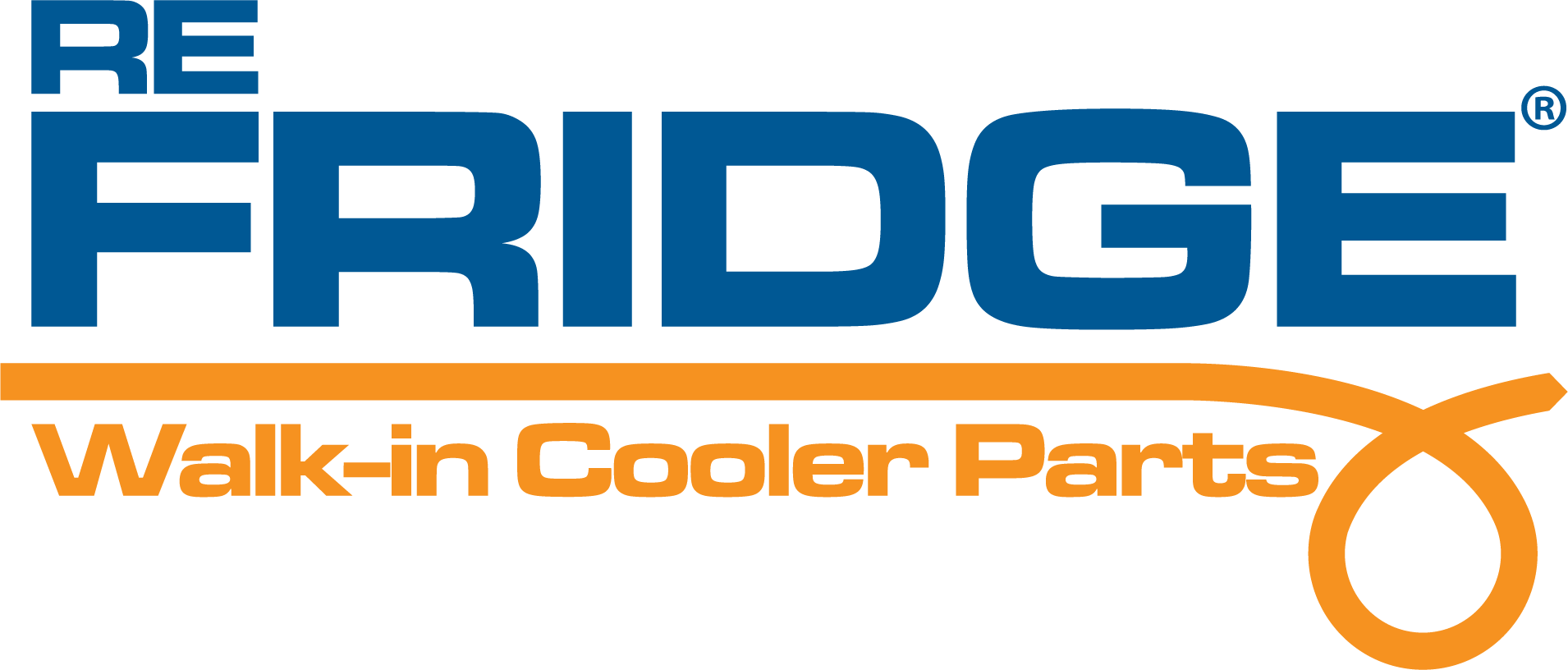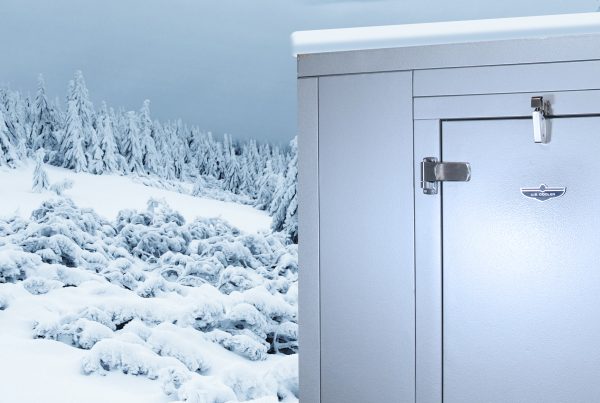
Walk-in freezers are essential for businesses that need to keep products at consistently low temperatures. However, one common issue that can arise is ice build-up. While it may seem like a minor inconvenience, ice accumulation can lead to significant problems if not addressed promptly. In this article, we’ll explore why ice build-up happens, the potential issues it can cause, and how to prevent it.
Why Ice Build-Up Is Bad
Ice build-up in your walk-in freezer is more than just an eyesore. It can cause your freezer to work harder, increasing energy costs and putting extra strain on the equipment. Over time, this can lead to mechanical failures, costly repairs, and even spoilage of stored goods. Ice can also block airflow, leading to uneven temperatures within the freezer, which could compromise the quality of your products.
What Might Be Causing Ice Build-Up
- 1. Leaving the Door Open Too Much: Frequent opening and closing of the freezer door allows warm, moist air to enter, which can lead to condensation and ice formation. Ensuring the door is closed properly each time can help mitigate this issue.
- 2. Improper Seal: A damaged or poorly sealed door allows warm air to seep into the freezer, leading to ice build-up. It’s crucial to regularly inspect the door seals and gaskets to ensure they’re intact and functioning correctly.
- 3. Broken Pressure Relief Valve: The pressure relief valve helps to balance the pressure inside the freezer. If it’s not working properly, it can cause the freezer to pull in humid air when the door is opened, contributing to ice accumulation.
- 4. Issues with the Drain Line from the Evaporator Coils: If the drain line is clogged or damaged, water can back up and freeze around the coils, leading to excessive ice build-up.
- 5. Not Having a Strip Curtain: Strip curtains act as a barrier to keep cold air in and warm air out when the freezer door is open. Without them, the freezer is more susceptible to temperature fluctuations and ice formation.
How to Prevent Ice Build-Up
Preventing ice build-up in your walk-in freezer involves regular maintenance and vigilance. Ensure that doors are kept closed as much as possible, and regularly inspect and maintain door seals, gaskets, and the pressure relief valve. Additionally, ensure that the evaporator coil drain line is clear and consider installing strip curtains to minimize temperature fluctuations when the door is open.
Conclusion
Ice build-up in your walk-in freezer can lead to a host of problems, but with proper maintenance and attention to detail, it can be prevented. At ReFridge, we understand the importance of keeping your freezer running efficiently. We offer a wide range of quality replacement parts and accessories designed to help you maintain your equipment and avoid issues like ice build-up. Contact us today to learn how we can help you keep your walk-in freezer in top condition.







